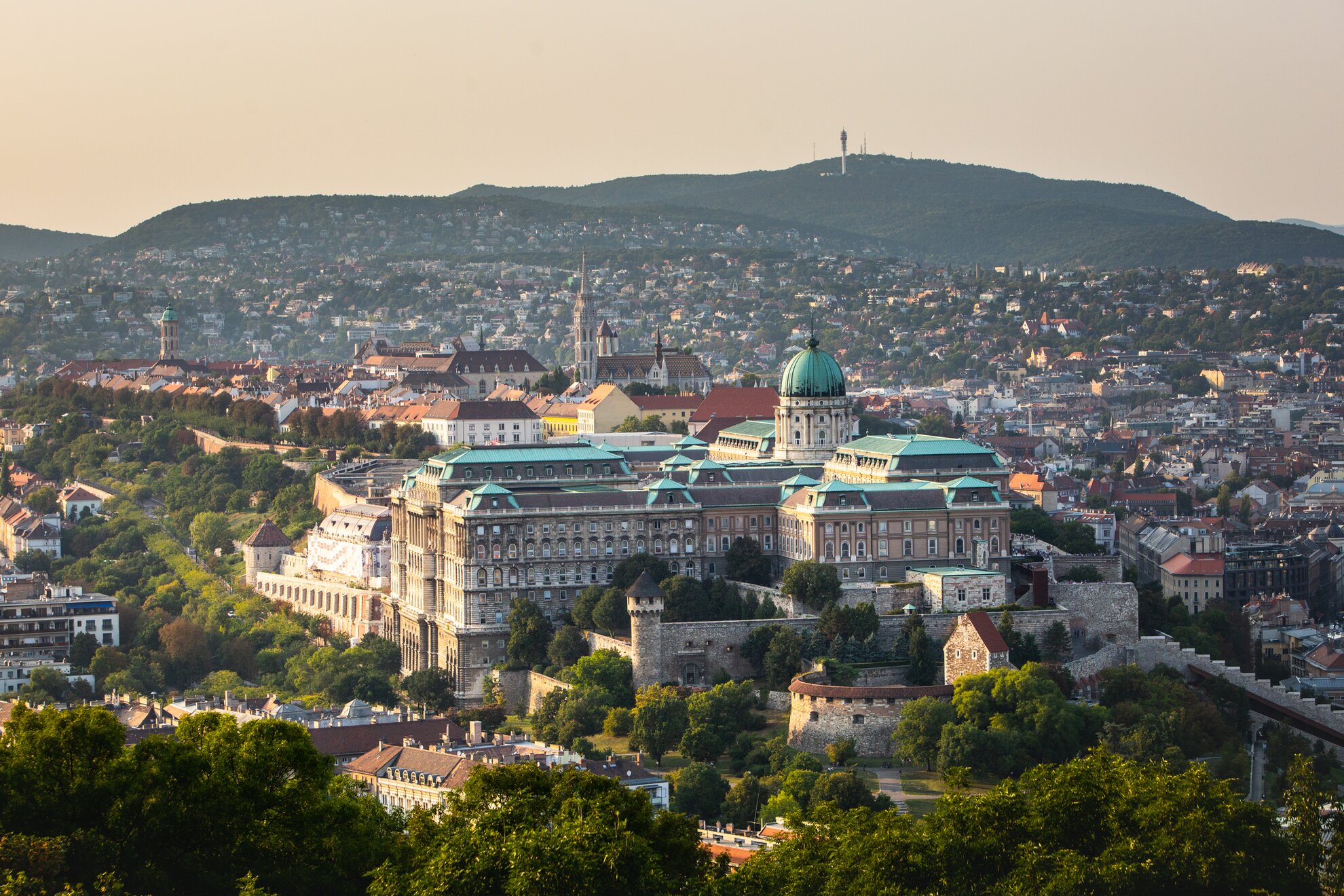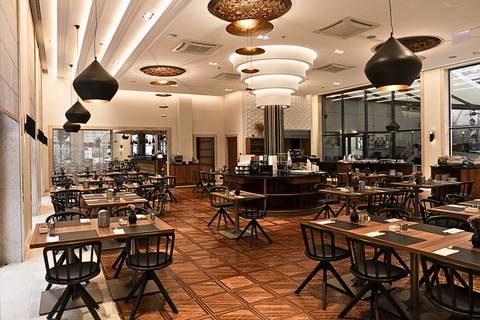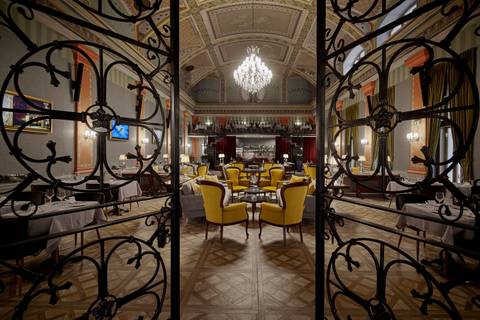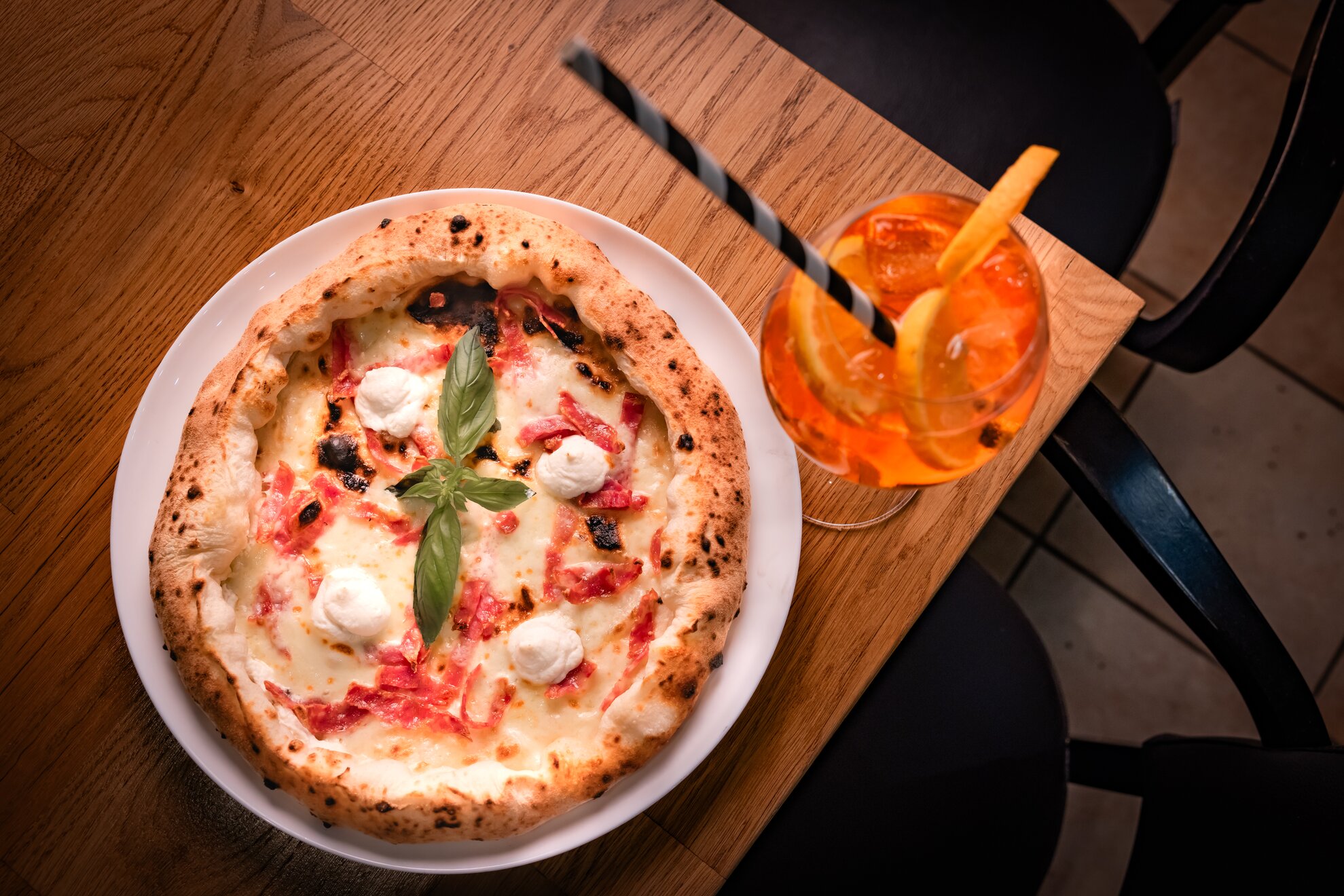A World Heritage Site, Buda Castle (or Royal Palace) on Szent György tér is one of the most emblematic architectural masterpieces of the city, and the building easiest to recognise from the Pest side of the Danube. Little remains of this former royal residence, first built the mid-1200s and recreated as an ornate Renaissance palace for King Matthias 200 years later. Surviving examples of medieval stonework can be found in the Budapest History Museum, one of three major institutions currently housed in this sprawling complex. Neglected under the Turks, destroyed during the siege to remove them, formed into its familiar U-shape when given a Baroque rebuild in the 1700s, the palace lay in ruins after World War II. The Communist rebuild stripped out its more fanciful features, and imposed Modernist touches, such as the dome, added in the 1960s. Today the palace functions as a cultural destination: the Hungarian National Gallery fills Buildings A-D, the National Széchényi Library is in Building F, while the Budapest History Museum is located in the southern wing, Building E. The annual Buda Castle Wine Festival is also held every September, in addition to other cultural and gastronomic events throughout the year. At the foot of the complex overlooking the river, the scenic Várkert Bazaar also hosts regular exhibitions and cultural happenings.
Gastro Sponsored
ARAZ Restaurant
ARAZ Restaurant, nestled in Budapest's vibrant 7th district, is a trendy spot for Hungarian specialities.




